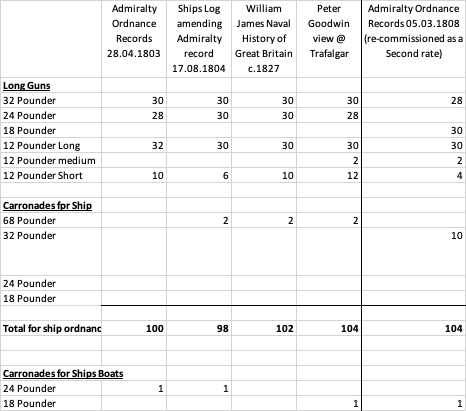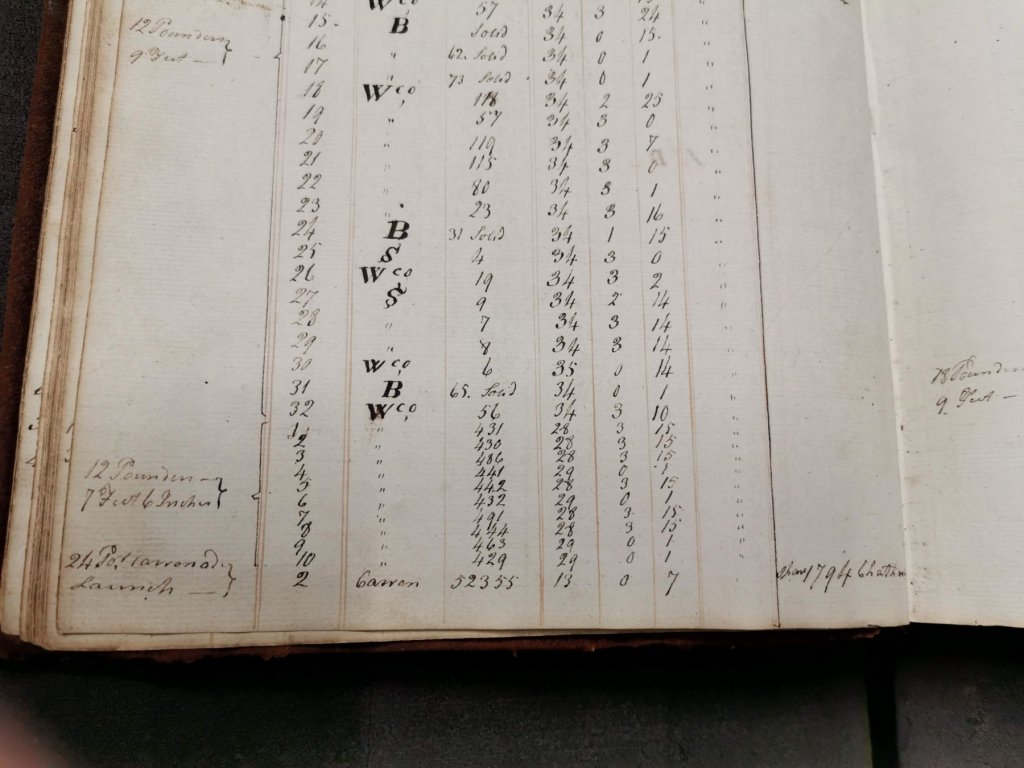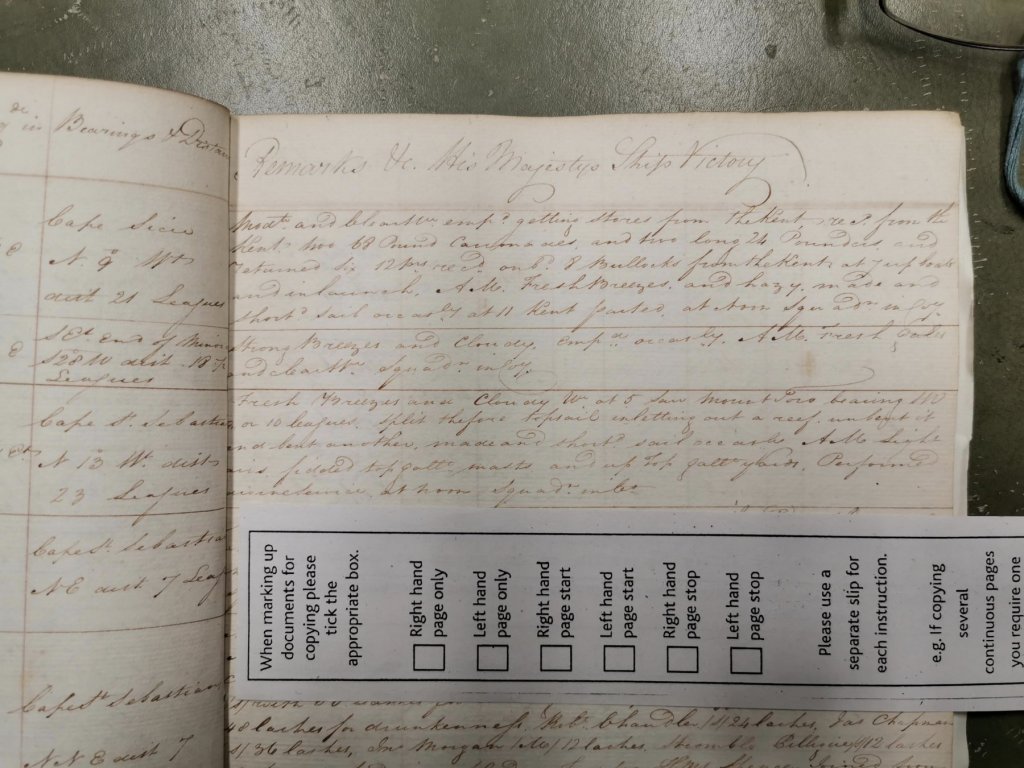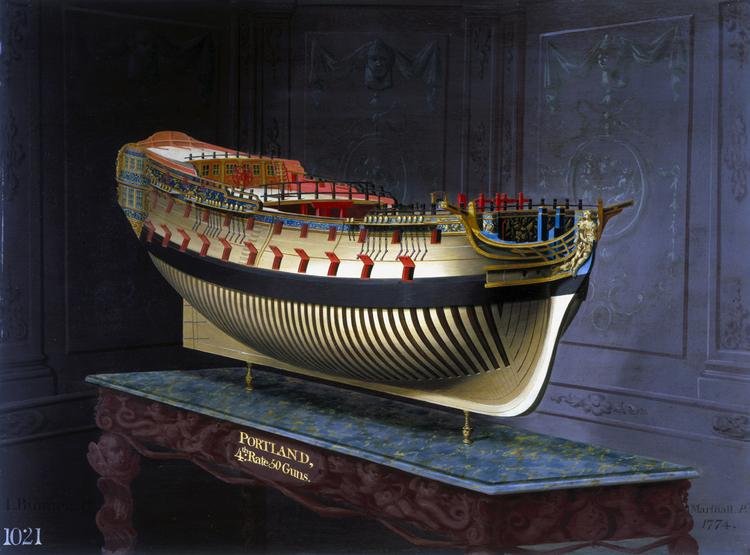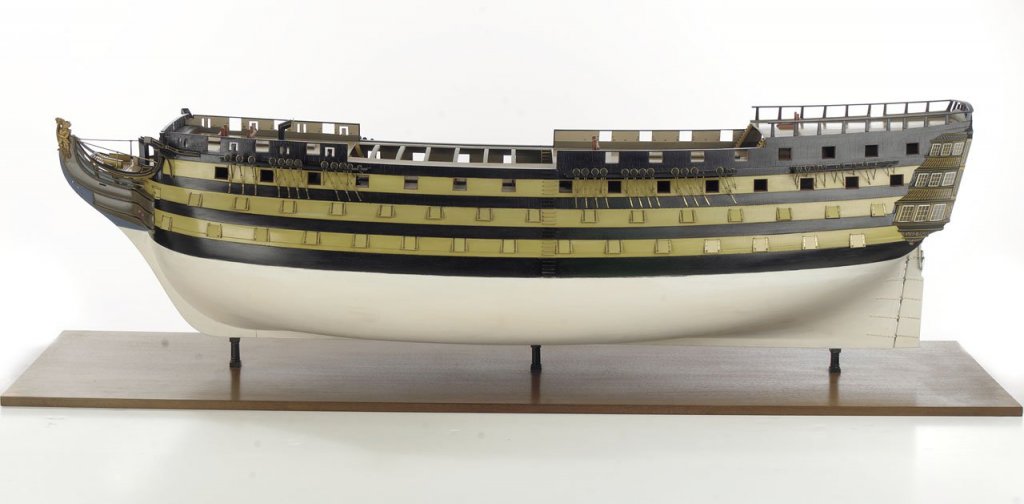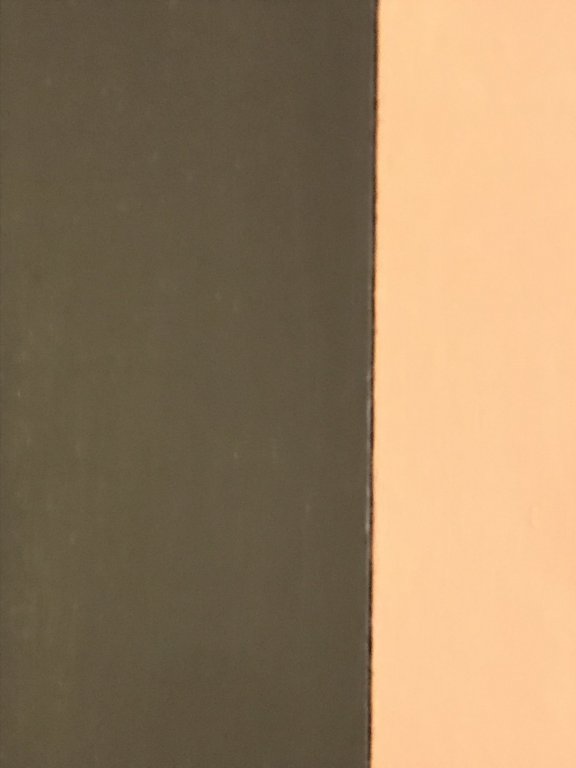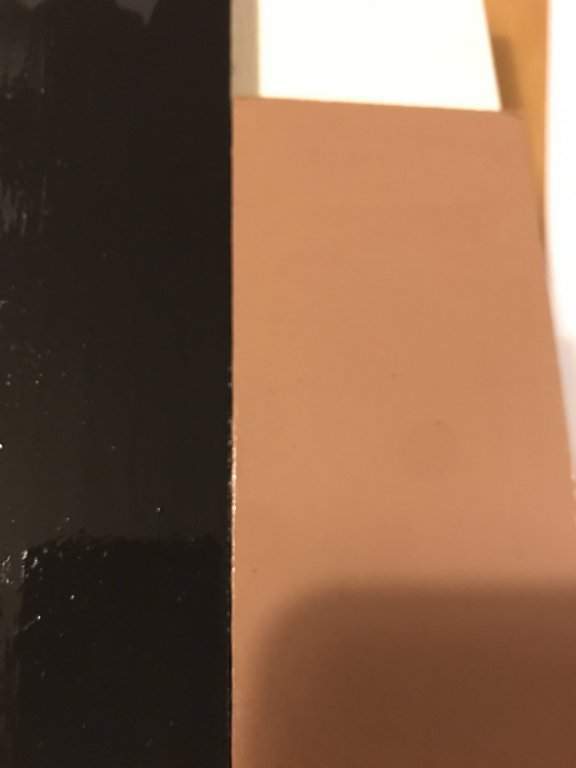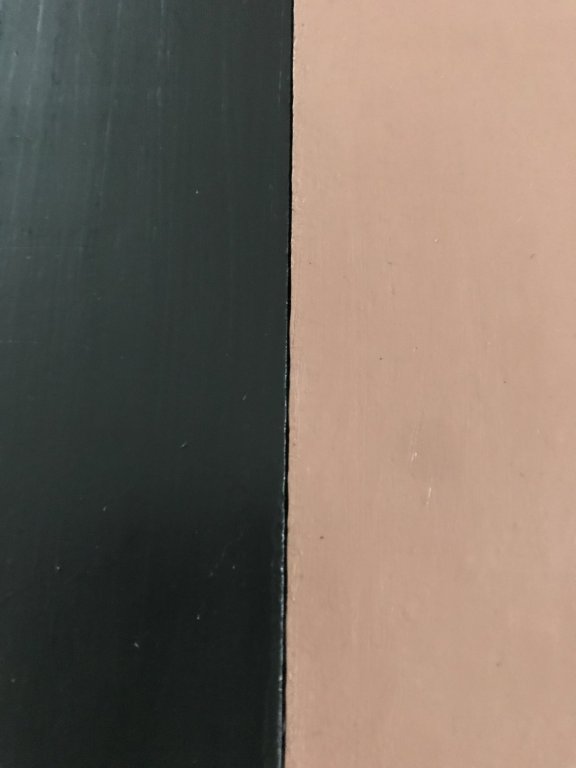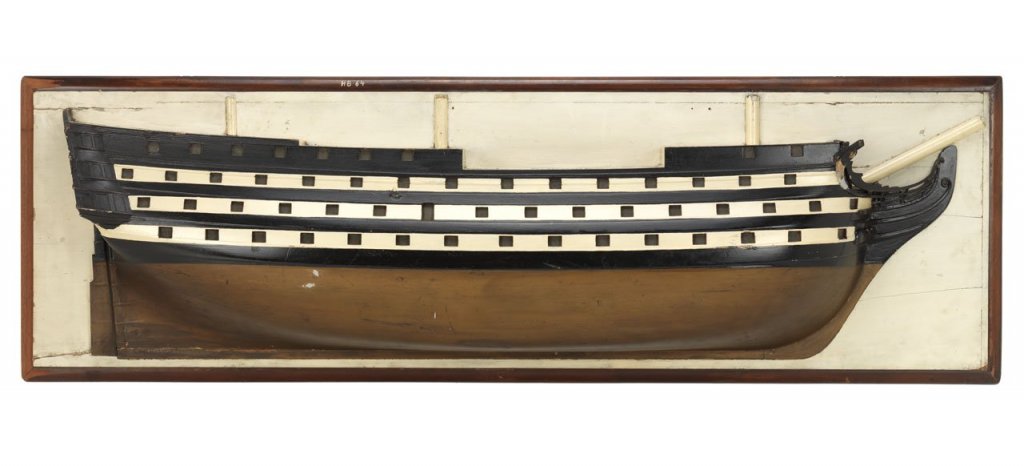-
Posts
546 -
Joined
-
Last visited
Content Type
Profiles
Forums
Gallery
Events
Everything posted by Morgan
-
Hi Mark, No, carronades were not counted in a ships armament until after the Napoleonic wars. So whilst a frigate may be rated as a 38 she could also carry 8/10 carronades as well, so really 46/48 guns. So the term ‘38’ became a nominal or ‘class’ term, the boundaries became further blurred as the wars progressed and the carronade became more popular, a 38 could conceivably carry 30 cannon and and 16 carronades, but she was still a 38. This led to Captains exaggerating their captures, so it was not unknown for a Captain to say his 38 (actually 46 guns overall) captured a larger opponent of say 42 guns, which was in fact a ship of lesser force say a 36 gun frigate with 6 additional carronades (or French equivalent). This happened in British, French and US navies, the attempt was to influence the captured ships value and amount of prize money, not to mention enhancing the Captains reputation. This led to bitter arguments over how difficult won ship actions really were, so eventually Admiralties came clean and re-classified ship ratings to reflect the actual number or overall number of guns carried. Hope this is clear. Gary
-
For those trying to keep track of this exchange here is a table summarising what we know - or rather showing what we are seeking to better understand! Gary
-
It does take some getting you head around, but the Kent was 17.08.1804 - Victory log books, the Ordnance returns on re-commissioning are at 28.04.1803 - so I agree with Goodwin’s date but not the detail, as you can see from the copies I sent you 👍🏻. Gary
-
And here is part of the conundrum. We start at re-commissioning with 100 long guns, but loose 6 and gain 2 long guns on 17 August 1804, so now at 96 long guns. So using Goodwin’s Figures as the record by Trafalgar there are 102 long guns, with 2 No. medium 12 Pounders added and 2 No. short 12 Pounders also having been added, yet no mention of the 2 No. 24 Pounders added which leaves another 2 12 Pounders to account for, never mind the 6 lost to the Kent, I assume these would have been from the quarterdeck short guns unless the upper deck was also reduced in number. Goodwin’s tally of 12 Pounders looks a lot like the March 1808 tally of 12 Pounders, which could be Victory retaining most of the the upper and lower deck ordnance at that repair and only the 24’s being swapped out for 18’s. However, it leaves a lot of ordnance changes between April 1803 and Trafalgar to account for, and why give up 6 No. 12 Pounders only to recover them and loose the 2 additional 24 Pounders again between August 1804 and October 1805? That’s why I want to see the Gunners monthly returns when available to track these changes and verify what was on board by Trafalgar. Then there are the carronades! Another story to uncover. Gary
-
Dafi, The 24 Pounder carronade (single) was for the ships Launch according to the ordnance records, Peter Goodwin does say they there were 2 on the forecastle, but until I can access the gunners monthly returns I’m not sure when they were acquired. I've inserted a copy of the record, note the number ‘2’ in the gun number and not the number of guns. So no number 1 carronade, these are all individual entries and not groupings. Gary
-
Mark, One of the problems with perceptions of Victory’s appearance is the current configuration which came out of the 1920’s refit, at that time records were scattered and some simply unknown, in today’s connected electronic world much has been digitised enabling much better research. The 1920’s refit relied on the original drawings, there were also conflicts between time, cost and pre-conceptions centred on restoring the original beauty of her appearance, so we get a compromise. Interestingly a contemporary article in the Mariners Mirror discussing the research for the 1920’s refit shows they got very close to uncovering her real Trafalgar appearance with built-up bulwarks on the forecastle etc. but they couldn’t corroborate it so did not go down that route. Another source of misconception is that many 19th Century artists show Victory at Trafalgar in her pre 1801/3 refit guise, probably using the original build models with their open galleries or by copying other artists. Nichols Pocock was a prime example, he saw and sketched Victory in life after her pre-Trafalgar refit but his paintings constantly show the old open stern galleries, simply look at his Nelson’s Flagships. In part you can understand this as the original configuration is far more aesthetically pleasing than her war austere war guise. Gary
-
Dafi, I agree with your view on the period Victory was without entry ports, the ones fitted in the 1820’s were for when she was fitted for harbour service, and as you say one port to the rear of the as-designed location. When Victory carried 28 Nr. 24 Pounders the rear most ports were probably left vacant as this was in the Admirals quarters thereby allowing more space, the gunport would have had half-ports and sashes fitted (windows). I have always been intrigued by the fact that William James states at page 93 of Volume 4 of his ‘The Naval History of Great Britain’ states “Those of the Victory [guns]consisted, in equal divisions upon her first, second, and third decks, of 90 long 32, 24, and 12 pounders, and of 10 long 12-pounders and two 68-pounder carronades on her quaterdeck and forecastle”. It is worth noting that James was a meticulous researcher, and would have spoken extensively with officers from Trafalgar, and probably the Victory to establish his facts. His first foray into naval history was to establish respective armaments and weight of broadsides as between British and American ships to dispel allegations concerning British ships succumbing in battle to inferior American ships and rested his entire tome of work on getting his facts such as this right. Therefore, some weight should be attached to his comments. Obviously James is at odds with current received wisdom as to the number of guns Victory carried. So, I recently visited The National Archives at Kew and looked at ADM 160/154 Returns of ordnance on H.M. Ships1803-1812, and the entry for 28 April 1803 has Victory as having 30 Nr. 32 Pounders, 28 Nr. 24 Pounders, 32 Nr. Long 12 Pounders and 10 Nr. Short 12 Pounders. Additionally, I also looked at the log books held there, and there are several copies, Hardy, Quilliam, and one other, and they record that at the same time that Victory received her 68 Pounder carronades from the Kent on 17 August 1804 she also received 2 Nr. 24 Pounders. She also gave up in exchange 6 Nr. 12 Pounders! I have seen parts of this entry recorded by Goodwin and Lavery in their works but have never seen the full entry. So that is 30 No. 24 Pounders - all ports occupied. This leaves an even larger discrepancy with current and historic views. Peter Goodwin draws his data from the Gunners monthly records held at the Royal Navy Museum in Portsmouth, unfortunately their archives are currently being re-housed in a new facility and won’t be available until the spring of next year, so at present I can only account for 96 guns leading up to Trafalgar, any other exchanges were not mentioned in the ships logs. I’ll go look next year when the records are available, you can actually track individual guns from their makers marks. Interestingly, the Returns of ordnance on H.M. Ships also records that when Victory was downrated in 1807 to a second rate she received 30 Nr. 18 Pounders per side (taken on board on 5 March 1808) , so consistent with the number of ports available at 15 per side. I think we can dismiss the chase or bridle ports as being armed as this would have been unusual. Gary
-
Hi Dafi, V5 -I think the Nelson Chequer relates to the open gunport, not painting them a different colour - and is probably a metaphor for the ship 'showing her teeth', Turner and other contemporary artists don't show the gunport lids a separate colour, or painting the hinges. BTW - going back to an earlier subject, the entry port, I know Turner shows no such structures, and neither do other first hand witnesses Pocock & Constable. Have you also considered earlier paintings as evidence for this? There are the 2 earlier paintings by Robert Dodd and Monamy Swaine from the early 1790's - neither show entry ports, both show the ship's port side, which is where ports were fitted out of preference if only fitted on one side (Lavery). There was no significant refit in the 1790's, so probably reinforces the Turner evidence. Both paintings are held by the National Maritime Museum. Gary
-
One more to try is 'Fighting at Sea in the Eighteenth Century - The Art of Sailing Warfare' by Sam Willis, ISBN 978-1-84383-367-3. He covers everything from Fleet Tactics through 'Chase and Escape', Communication, Station Keeping, Command, Fighting Tactics, Damage, etc. Sam's books are very readable. Gary
-
Jim, Boxwood can be found from specialist timber suppliers in the UK, but it depends on whether you want finished strip or intend milling your own timber. Finished sheet and strip can be found from marquetry suppliers or musical instrument timber suppliers, it is however expensive. If you intend milling your own then exotic timber suppliers are best for boxwood logs, unless you can find ‘home grown’ for disposal from a neighbours garden, this is a much cheaper option. Also, timber suppliers who provide pen-blanks (for turning your own pens) often provide boxwood planks which can be milled, this is a mid range price option. I have heard of members recycling old wooden rulers which are made of boxwood and found at boot fairs, junk shops, etc. Have a look at www.originalmarquetry.co.uk for finished boxwood. Gary
-
If you did a 'launch' model with flag pole masts how about a Georgian style launch cradle? That would set it off nicely. You could do a base model with optional mast and rigging or launch flag poles / cradle - that would help with costs. Again, a departure from the norm would help with market attractiveness.
-
From Wikipedia "HMS Bristol was a 50-gun Portland-class fourth-rate ship of the line, built for the Royal Navy in the 1770s. She served as a flagship during the Battle of Sullivan's Island, Charleston, South Carolina in 1776 during the American Revolutionary War and later participated in the 1783 Battle of Cuddalore during the Anglo-French War of 1778–83. By 1787 the ship had been converted into a church ship. Converted into a prison ship in 1794, Bristol instead served as a hospital ship until she was broken up in 1810". HMS Bristol below: And then the class ship HMS Portland - better quality than the Bristol photos and can definitely see where the Fly / Pegasus 'on steroids' view comes from from (Kenthistoryforum.co.uk):
-
That will be a real departure from what’s on the market. Makes sense to take a ‘class’ approach as per your Vanguard / Elephant / Bellaphron if you produce other ships of the class later, but offered as separate kits, keeps the development costs down after the initial model, but increases the range and appeal.
-
Bob, Is this the model Peter referred to? Both he and Brian Levery have referenced it in print as being in their opinion the Victory as she appeared after her 1803 refit. Gary
-
I agree with Druxey’s comments. By way of example I purchased some enamel paint mixed to the recently identified Victory colours, and the tonal range of the tan / salmon pink / [insert your own description here!] under different lighting conditions is extreme. You can see why it has received such varied reviews from the public. The enamel is only 5% gloss, so low sheen, however I then put a satin varnish on the samples and the tonal range changes yet again as it reacts to light - last photo. The black is also that identified by the scientists and is a very dark charcoal grey. Gary
-
Hi Dafi, I was really highlighting the general appearance and colour scheme as matching what Victory looked like rather than proposing this being a specific facsimile, in fact the colour scheme is closer to Turner’s Trafalgar painting than any other I’ve seen (bearing in mind he produced 2 versions and the colours vary between the two which doesn’t help). I also know the reservations you have over the 1803 half block and the 1805 models, and I’ve also superimposed the Victory plans and see the mismatches, however I’m not hung up over this, I’m inclined to view these post-build models as an aesthetic aid rather than an accurate structural record. I think this is particularly true of the 1803 model, as the date of the development of the model probably pre-dates the refit. So in my opinion these are not ‘as-built models’, but rather designed to convey an idea of the desired changes or modifications in general. Certainly the 1805 model has greater credibility, and interestingly both Lavery and Goodwin reference this model as representing the intended appearance of the Victory post refit, however they also accept that the full intention of the refit was cut short and not completed, hence the differences on the stern in particular. Also, have you looked at the Union and Boyne plans at the NMM? These were developed from the lines of the Victory, and the 1803 refit was intended to establish the re-fitted Victory as the prototype for future Second Rates. I also know you reference the issues with the entry port, and the 1805 model shows no entry port, whereas the 1803 model does, as do the Union plans, however, my preference is to rely on artists contemporary sketches, I know Turner has previously been referenced, but neither Constable nor Pocock show an entry port. I accept the issues with plans and models and intention vs. as-built, and I also accept the issues with the painters ‘stylised’ approach. But I think their sketches are believable as these are just raw ‘data capture’, the contentious issues arise with the subsequent paintings. It is highly unlikely that 3 such marine artists all missed a prominent feature, given they all saw her first hand between 1803 and 1806. Gary
-
Just to update on the latest discussion here on Dafi’s thread I’ve posted some information from the Curator of HMS Victory on the following thread which details how the researchers established the new colour scheme. Gary
-
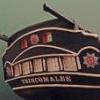
HMS Victory 2017 re-fit colours
Morgan replied to Seren's topic in Painting, finishing and weathering products and techniques
Across a number of threads there has been considerable debate about the new colour scheme for HMS Victory, most recently on Dafi’s Victory build. There are supports and doubters. Doubts as to the change mainly arise because of the there isn’t much material out there other than to say we looked at some old paint samples and worked out what’s what. To see if I could get some further information to help inform the debate and assist in members deciding which colour scheme to go with I thought I’d go to the man who should know, Andrew Baines, Deputy Director of Heritage and Curator at the National Museum of the Royal Navy. I emailed Andrew with the following queries: ‘Firstly, there is a degree of scepticism as to the voracity of the research behind the new colour scheme. Despite the information in the public’s domain from Crick-Smith the opposition to accepting the result centres around extrapolating the tests from the various samples to the entire ship. Is there any data that could be shared to demonstrate the applicability of the tests across the fabric of the ship? Secondly, how does the certainty arise to say ‘this layer’ of a given sample is from c1805?’ Andrew kindly responded in some detail earlier today with the following: ”I'm afraid that anything associated with Victory tends to be subject to significant debate, much of it ill-informed. I think the first point to bear in mind is that Victory has changed colour innumerable times since 1922, we have simply been honest about what we have done, and based the change on all available evidence. From 1816 or so until 1922, Victory was painted black and white. During the 1922-1927 restoration, the SNR and RN desired to return the ship to her Trafalgar appearance. It was believed that Victory's sides were painted 'bright' yellow, and so the brightest available yellow - chrome yellow- was used. Unfortunately, chrome yellow became available only in the second decade of the twentieth century, so this colour was demonstrably incorrect for 1805. Through the twentieth century, the colour changed slightly as the use of heavy metals in paints became unacceptable. When manufacture of the paint for Victory ceased to be undertaken in the dockyard, a trade paint was adopted, and the nearest available colour to that provided by the dockyard recipe was adopted. It was actually quite late into the 1990s before the colour was fixed to a RAL. This colour was not arrived at by archaeological or archival evidence. We undertook the archaeological paint research not with the intention of changing the colour in which Victory was painted, but to better understand the way in which the ship has been repaired over her long life; there are approximately 33,000 individual elements in the ship, and some 800 rase marks - marks cut into timber as part of the conversion process, and which frequently include the date at which the timber entered the yard, or was converted. As we know the dates of Victory's repairs, we are able to discern the date at which these pieces of timber was placed into the ship. The first layer of paint on that timber element can therefore be dated with some degree of accuracy. We are then able to extend the paint stratigraphy across other timber elements that do not carry a date mark - if those timber elements have paint layers under the layer identified on our dated piece of timber, we know that they date to an earlier repair, if later, we know they date to a later repair. By extending this technique to other dated timbers, one is able to build an extensive timeline of paint treatments for each part of the ship, accurate to a period of five years or so. This accuracy can be improved on by understanding dirt between layers and similar - when the ship is laid up, the dirt layers tend to be very thin, or indeed negligible, when she is at sea, the dirt layers can be quite thick. It's also possible to understand when several coats of paint have been applied in short succession, as dirt layers do not exist. In addition to the extensive historic paint surfaces on board the ship, we also have the archaeological archive of material removed from the ship between 1960 and 2005. This material can help fill in gaps or give greater understanding where areas on board have been subjected to extensive stripping in preparation for new coats of paint. Beyond the archaeological evidence, we have details of what paint was carried on board Victory, and the quantities in which it was consumed. The accounts of carpenters stores for Victory in the run up to Trafalgar also gives details of use of paint, and some indication of how it was mixed, but this is actually quite difficult to decipher due to the manner in which the quantities are recorded against the work undertaken. Further afield from Victory, there is archival evidence for paint used by other ships, and indeed how other ships were painted at the time of Trafalgar. Captain Duff of the Mars, wrote to his wife on October 10th 1805, that ‘I am sorry the rain has begun to-night, as it will spoil my fine work, having been employed for this week past to paint the Ship à la Nelson, which most of the Fleet are doing.' We know from Mars' carpenter's accounts: ‘Painting ship double sides, and repairing the paint work of the Captain’s cabin: paint, white, 109lbs; yellow, 100lbs.’ Allowing 9lbs paint for repairs to the captain’s cabin, this indicates a ratio of 1:1 for the mixture of yellow: white. One can argue that more than 9lbs was needed for the captain's cabin, but the figures are, nevertheless, indicative. From the surviving carpenters' accounts of British ships at Trafalgar, we can discern that ship's sides were either painted with pure yellow (Prince, Temeraire), used a mix of two or three parts yellow to one part white (Ajax and Revenge prior to the battle) or used a mixture that was (or was close to) equal parts yellow:white (Mars, Thunderer). Specific to Victory, a survey of carpenter’s stores dated 12th May 1804 records that Victory carried 2cwt 3q 15lb of Venetian (presumably red) paint, 3cwt 0q 17lb of yellow and 2cwt 2q and 1lb of Port Red (dry) paint. Ten months later, in March 1805, a further survey records identical quantities of Venetian and port red, 93lbs of yellow paint and 1,137lbs of white lead paint. I am sure you will be aware of Peter Goodwin's 2013 article in Mariner's Mirror, in which he documents Nelson's desire to see the ships of his fleet painted in a pale yellow: Goodwin states ‘…Nelson authorised a six-to-one mix of white and yellow, which would be so light as to verge on the colour cream.'. Unfortunately, this is not entirely accurate, as Nelson was not at liberty to authorise such a change. Rather, in late September 1805, Nelson submitted a proposal to Commissioner Middleton at Gibraltar Dockyard that private ships were to be painted three, and flagships four, times per year, the proportion of white paint to yellow to be 6lbs to 1lb.; This proposal was referred to London where it was reviewed in December 1806. The Navy's decision was that the old regulation was to stand, and Nelson’s proposal was not to be carried into effect. In summary, the manuscript evidence is as follows: 1. Yellow ochre as supplied to ships was a dark colour that was commonly mixed with white (1804 handbook of instruction for RN officers). It must be borne in mind that this was an earth pigment and the actual colour varied widely. 2. The shade of yellow paint employed by the British fleet prior to Trafalgar appears to have varied from ship to ship. Some ships used yellow neat, others mixed yellow with white in a ratio of 2:1 or 3:1, whilst others mixed yellow and white at 1:1. 3. Whilst there is primary source evidence of Nelson’s desire to employ a pale yellow on the topsides of the ships of the Mediterranean fleet, the evidence is also conclusive in confirming that the proposal was rejected. No manuscript evidence supports the mixing of a shade with more white than yellow. 4. The evidence from Victory’s carpenter’s accounts suggests very strongly that the shade of yellow employed was obtained by mixing white and yellow in equal parts. The archival evidence when combined with the archaeological material provides, therefore, compelling evidence that Victory's colour in 2013 was not correct to the time of Trafalgar (I don't know of anyone who seriously suggested it was) and that we were able to say with some degree of confidence that it was possible to return to a Victory much closer to that Nelson would have known (admittedly he wanted it lighter, but didn't get his way). All of the available evidence was reviewed by the Victory Technical Committee, then chaired by Martyn Heighten the then Director of National Historic Ships UK, also a member (and still a member) was Jonathan Coad, who had served on the Victory Committee for almost forty years at that point. The recommendation to change the colour was not, therefore, made on an ad-hoc basis, but subject to extensive scrutiny before the Board of the HMS Victory Preservation Company took the decision to change colours when the ship was next repainted. We do intend to publish a paper on this subject, but our priority at present is resupporting the ship in order to arrest her structural movement - within the next few days the first of the old cradles will be cut out as we move Victory onto her new props”. This certainly changes some of my thoughts, and corrects some misinformation. I thought I’d post this information here rather than on a specific build thread to make it easier for people to search for and retrieve the information. Gary -
I agree, I very much doubt people would have been inspired by a true 1805 wartime Victory reconstruction, such an austere brooding apparition would not have the grace or beauty of the ship as she is, the 1920’s reconstruction whilst not accurate certainly brings the crowds flocking. That said I’ll be looking to build as true an 1805 version when the Amati 1:64 kit becomes available. Fot those who haven’t seen the NMM 1803 half block model the here it is, this is a fair approximation of what she would have looked like. Gary
About us
Modelshipworld - Advancing Ship Modeling through Research
SSL Secured
Your security is important for us so this Website is SSL-Secured
NRG Mailing Address
Nautical Research Guild
237 South Lincoln Street
Westmont IL, 60559-1917
Model Ship World ® and the MSW logo are Registered Trademarks, and belong to the Nautical Research Guild (United States Patent and Trademark Office: No. 6,929,264 & No. 6,929,274, registered Dec. 20, 2022)
Helpful Links
About the NRG
If you enjoy building ship models that are historically accurate as well as beautiful, then The Nautical Research Guild (NRG) is just right for you.
The Guild is a non-profit educational organization whose mission is to “Advance Ship Modeling Through Research”. We provide support to our members in their efforts to raise the quality of their model ships.
The Nautical Research Guild has published our world-renowned quarterly magazine, The Nautical Research Journal, since 1955. The pages of the Journal are full of articles by accomplished ship modelers who show you how they create those exquisite details on their models, and by maritime historians who show you the correct details to build. The Journal is available in both print and digital editions. Go to the NRG web site (www.thenrg.org) to download a complimentary digital copy of the Journal. The NRG also publishes plan sets, books and compilations of back issues of the Journal and the former Ships in Scale and Model Ship Builder magazines.



